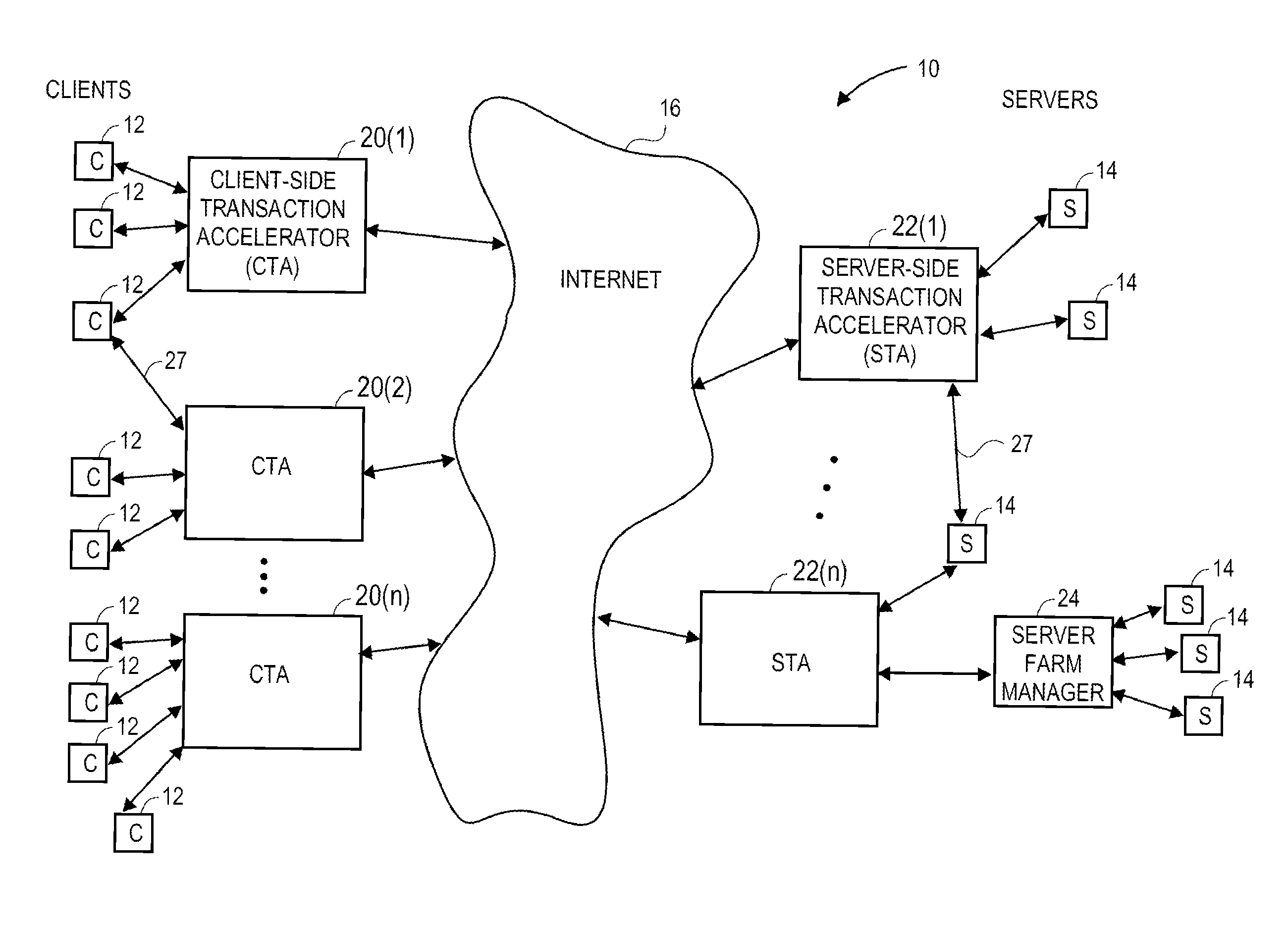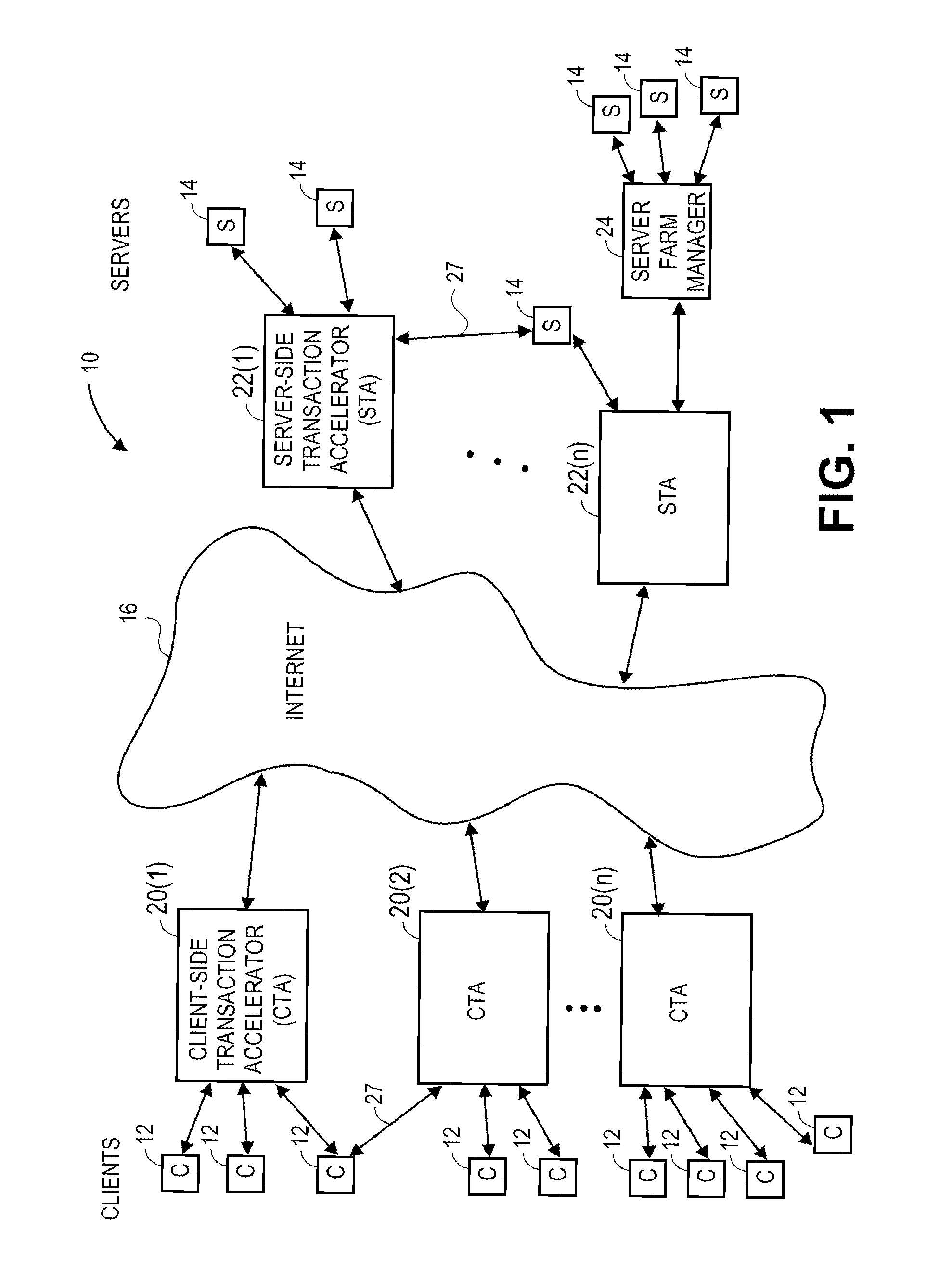This access most often has very poor
throughput when compared to the performance across a LAN.
Similar design problems exist for other network services, such as e-mail services, computational services,
multimedia, video conferencing,
database querying, office
collaboration, etc.
The two primary causes of the slow
throughput on WANs are well known: high
delay (or latency) and limited bandwidth.
With latencies higher than about 50 ms, many client-server protocols and applications will function poorly relative to a LAN, as those protocols and applications expect very low latency.
Even with DSL,
Frame Relay or other
broadband technologies, WAN connections are slow relative to a LAN.
While some places might have
high bandwidth backbone networks, such as the
Metro Ethernet available in South Korea and Japan, the latency and bandwidth issues persist whenever
data needs to travel outside areas with such networks.
The latency from Japan to the East Coast of the U.S. might be as high as 200 ms and trans-Pacific bandwidth can be expensive and limited.
With latency, lower latency cannot be bought if it would require faster than light communications.
High network latency particularly slows down “chatty” applications, even if the actual amounts of data transmitted in each transaction are not large.
Adding bandwidth (or compressing data) does not improve the throughput of these protocols / applications when the round-trip time exceeds some critical point and once the latency reaches that critical point, throughput decays quickly.
More generally, the throughput of client-server applications that are not necessarily chatty but run over a window-based protocol (such as TCP) can also suffer from a similar fate.
Unfortunately, there are often other constraints.
So, in practice, the throughput is actually limited by the maximum window size (MWS)
This flaw turns out to be non-negligible in wide-area networks where bandwidth is above a few megabits and is probably the key reason why enterprises often fail to see marked performance improvements of individual applications after substantial bandwidth upgrades.
Yet, to probe for available bandwidth, a TCP device will dynamically adjust its sending rate and continually push the network into momentary periods of congestion that cause
packet loss to detect bandwidth limits.
In short, a TCP device continually sends the network into congestion then aggressively backs off.
In a high-latency environment, the slow reaction time results in throughput limitations.
Under such conditions, application performance does not always increase when additional bandwidth is added.
In environments with relatively low loss rates and normal WAN latencies, throughput can be dramatically limited.
Of course this is the most direct solution, but it is not always the most effective approach.
First of all, contrary to popular belief, bandwidth is not free and the costs add up quickly for large enterprises that may have hundreds of offices.
Second, as discussed earlier, adding bandwidth does not necessarily improve throughput.
Third, in some places adding more bandwidth is not possible, especially across international sites, in remote areas, or where it is simply too expensive to justify.
However, these systems do not deal with scenarios where data is manipulated outside of their domain.
Likewise, when data flows between distinct applications (e.g., a file is copied out of a
content management system and into a
file system), versioning cannot be carried out between the different components.
In some cases, compression might add to the latency, if time is needed to compress data after the request is made and time is needed to decompress the data after it is received.
This may be able to be improved if the data can be compressed ahead of time, before the request is made, but that may not be feasible if the data is not necessarily available ahead of time for compression, or if the volume of data from which the request will be served is too large relative to the amount of data likely to be used.
This is a reasonable thing to do, but the effectiveness is limited.
While helpful, it is not enough to dramatically change performance if the amount of data being sent is large or similar data is sent repeatedly, perhaps over longer time scales.
Also, when performance is limited by network latency, compressing the underlying data will have little or no
impact.
The challenge with this kind of approach is the basic problem of managing the ever-exploding amount of data, which requires scaling up storage, application and file servers in many places, and trying to make sure that the files people need are indeed available where and when they are needed.
Moreover, these approaches are generally non-transparent, meaning the clients and servers must be modified to implement and interact with the agents and / or devices that perform the replication function.
One problem that must be overcome when deploying proxies is that of directing client requests to the proxy instead of to the destination server.
In addition, this type of deployment requires that all clients must be explicitly configured and that can be an administrative burden on a
network administrator.
Where each proxy must be explicitly configured with indications of the pairs to which it belongs and to the identity of the other members of those pairs, the administrative burden on a
network administrator might well make some operations infeasible if they require proxy pairs.
Caching also provides some help in mitigating both latency and bandwidth bottlenecks, but in some situations it does not help much.
Caching has its difficulties, one of which is that the data might change at the source and the cache would then be supplying “stale” data to the requester.
Another problem with caching is that the original source of the data might want to track usage of data and would not be aware of uses that were served from the cache as opposed to from the original source.
In some cases, an
Internet service provider might operate the cache remote from the browsers and provide cached content for a large number of browsers, so a
Web server operator might even miss unique users entirely.
Additionally, the mechanism underlying Web caching provides only a loose model for consistency between the origin data and the cached data.
This means that cached Web data can occasionally become inconsistent with the origin server and such inconsistencies are simply tolerated by
Web site operators, service providers, and users as a reasonable performance trade-off.
Unfortunately, this model of loose consistency is entirely inappropriate for general client-server communication like networked file systems.
Such systems have limitations in that they are tied to file systems and generally require modification of the clients and servers between which responsiveness is to be improved.
Furthermore, the hashing scheme operates over blocks of relatively large (average) size, which works poorly when files are subject to fine-grained changes over time.
It is not able to optimize or accelerate other types of client-server transactions, e.g., e-mail, Web, streaming media, and so forth.
Because it operates solely on individual packets, the performance gains that accrue are limited by the ratio of the
packet payload size to the packet header (since the packet header is generally not compressible using the described technique).
This configuration can be difficult to achieve, and may be impractical in certain environments.
Also, by caching network packets using a relatively small memory-based cache with a first-in first-out replacement policy (without the aid of, for instance, a large disk-based backing store), the
efficacy of the approach is limited to detecting and exploiting communication redundancies that are fairly localized in time.
The primary challenge is to provide a consistent view of a file to multiple clients when these clients read and write the file concurrently.
When consistency mechanisms are combined with network caching, a great deal of complexity arises.
This approach is burdened by a great deal of complexity in managing consistency across all the caches in the
system.
Moreover, the
system's
concurrency model assumes that all file activity is managed by its caches; if a client modifies data directly on the server, consistency errors could arise.
Also, its ability to overcome network latency for client accesses to data that is not resident in the cache is limited to performing file-based read-ahead.
For example, in NFS, a client that opens a file must look up each component of the path (once per round-trip) to ultimately locate the desired file
handle and file-based read-ahead does nothing eliminate these round-trips.
cache. Unfortunately, this approach presumes the existence of a cache and thus entails the complexities and difficulties of cache coh
Unfortunately, while many of the above techniques solve some aspects of WAN performance problems, they still have some shortcomings.
 Login to View More
Login to View More  Login to View More
Login to View More 


